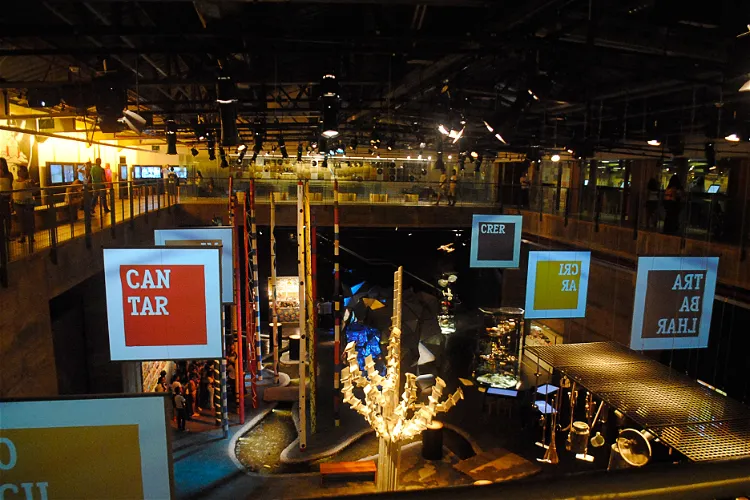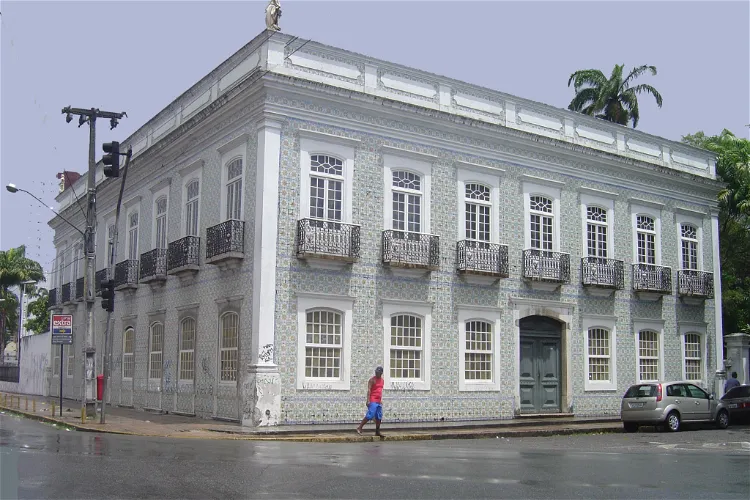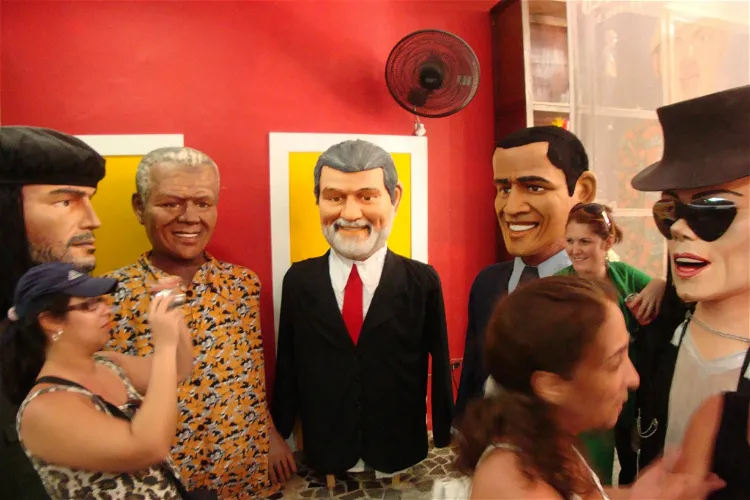Are you interested in learning about different cultures and their histories? Here are the ethnology museums to visit in Recife:

Museu Cais do Sertão
RecifeThe Museu Cais do Sertão is an interactive museum dedicated to the culture of Sertão and the works of Luiz Gonzaga. It is located in the city of Recife, the capital of Pernambuco in Brazil. The museum offers a unique blend of traditional and innovative exhibits, providing visitors with an immersive experience into the rich and diverse culture of Sertão.
Abolition Museum
RecifeThe Abolition Museum, situated in Recife, the capital of Pernambuco, Brazil, is a unique institution that focuses on a significant part of the country's history. It is one of the few museums in Brazil that provides an in-depth exploration of the abolition of slavery, making it a unique destination for those interested in understanding this crucial period in Brazilian history.
Museu do Homem do Nordeste
RecifeThe Museu do Homem do Nordeste is a Brazilian museum situated in Recife, the capital city of Pernambuco. This museum is a federal institution linked to the Joaquim Nabuco Foundation and the Ministry of Education. It offers a unique insight into the diverse cultures of the region, including black, indigenous, and white cultures, from their origins to their current forms and mixtures that make up what is generally referred to as Brazilian culture.
Embassy of Pernambuco - Olinda Dolls Giants
RecifeThe Embassy of the Giant Dolls, also known as 'Olinda dolls', is a permanent exhibition that showcases popular allegories of the Carnival of Pernambuco. These giant dolls are a significant part of the local culture and are a unique attraction for visitors.